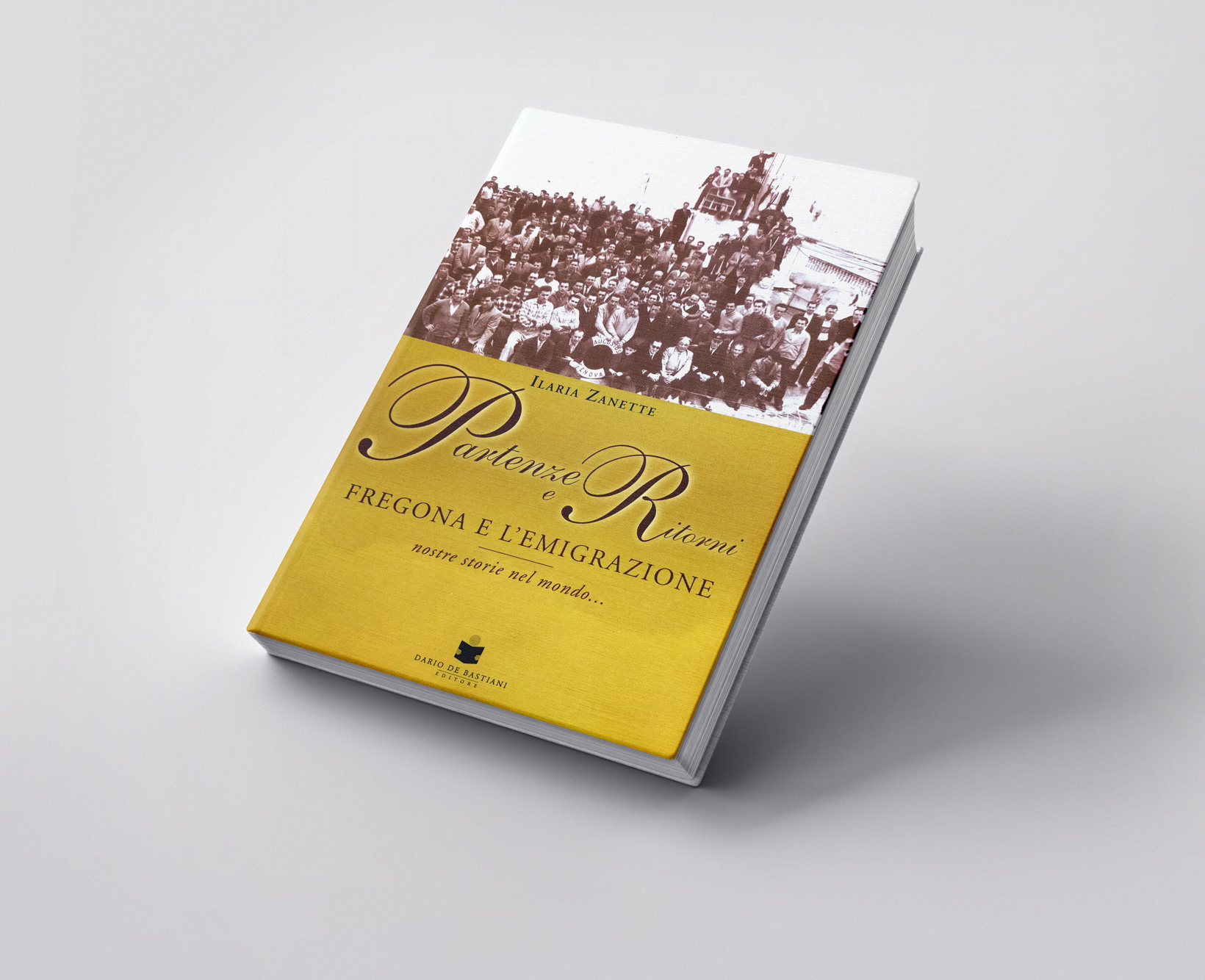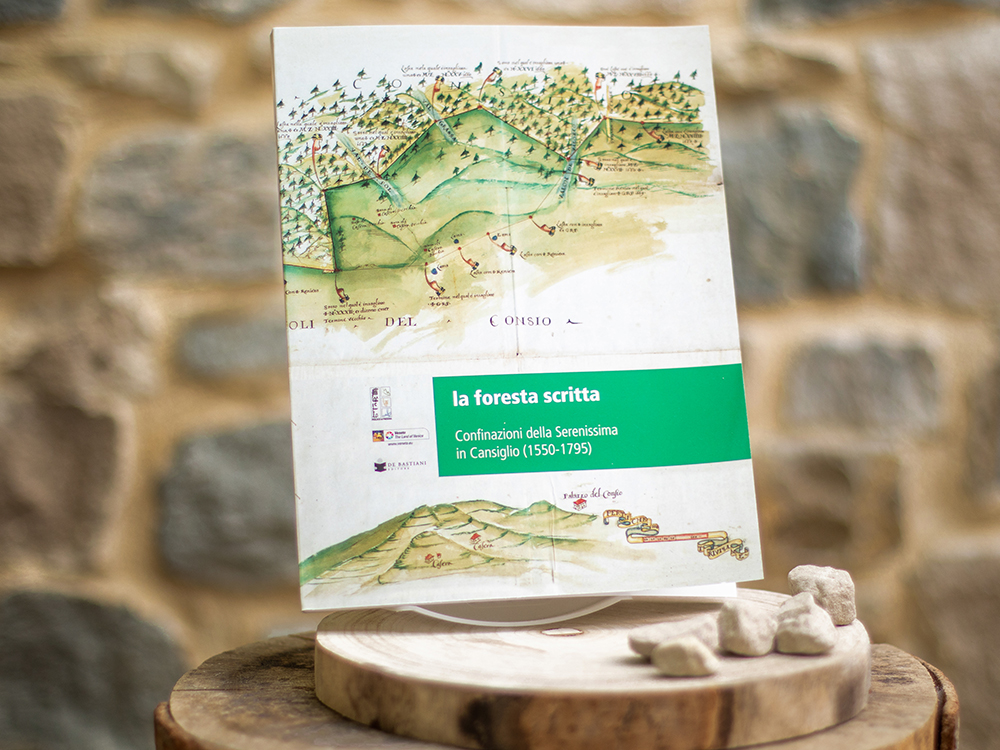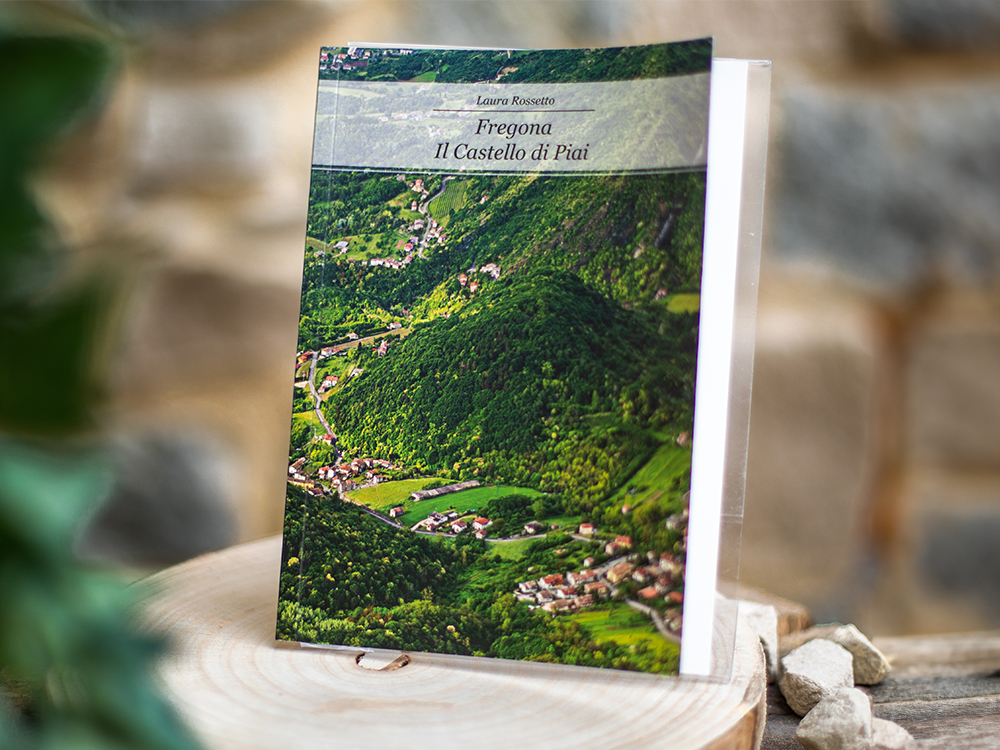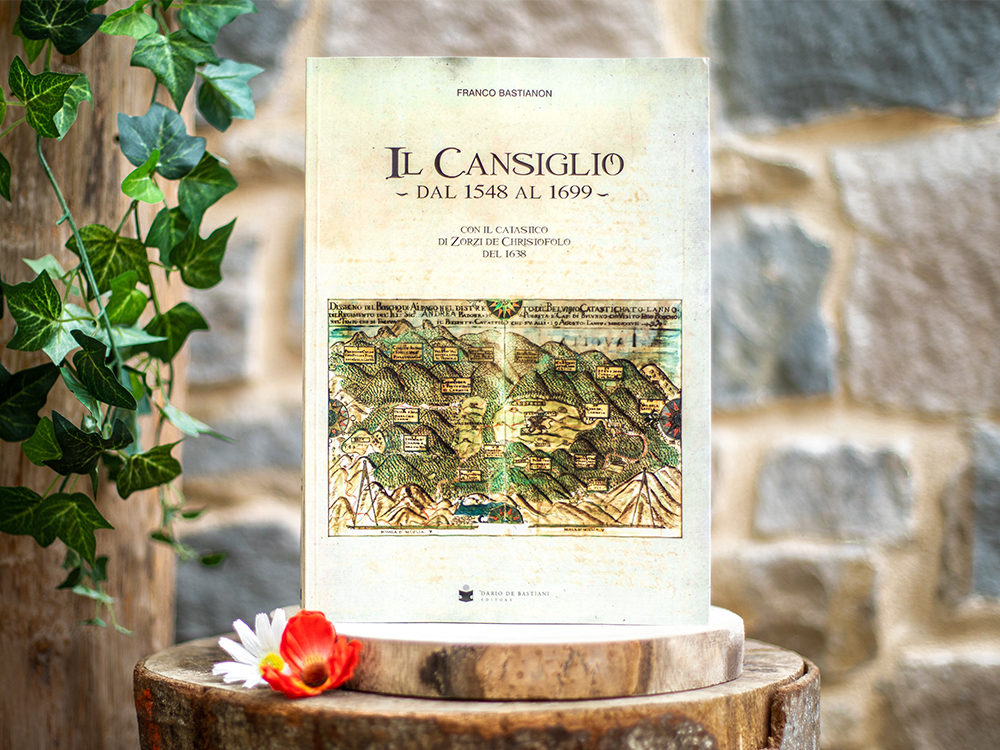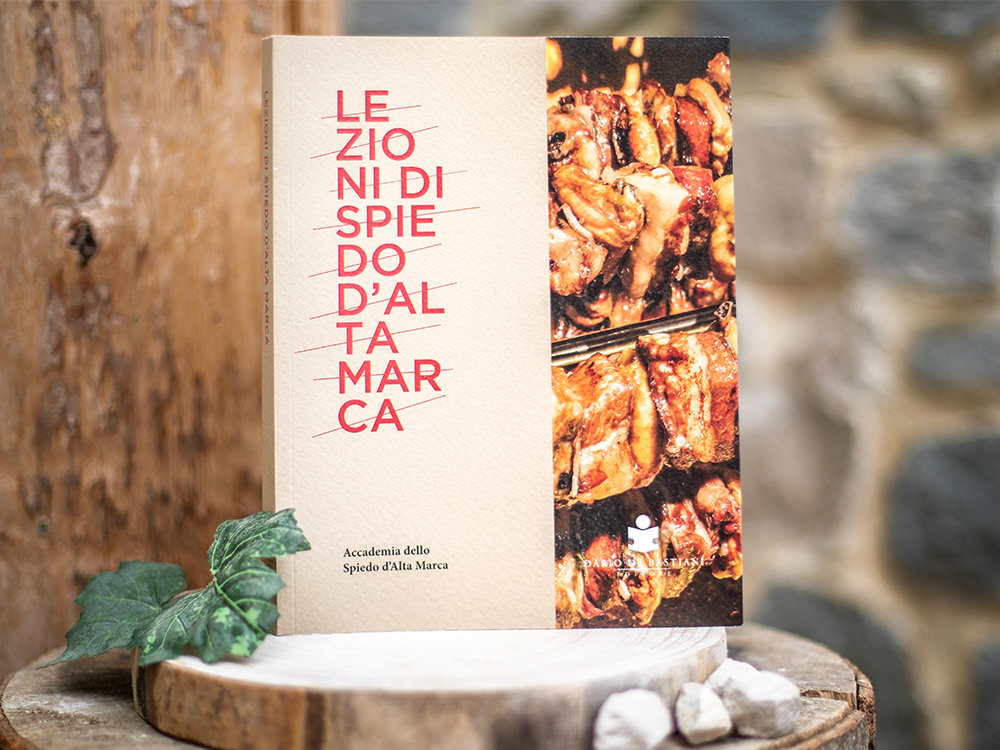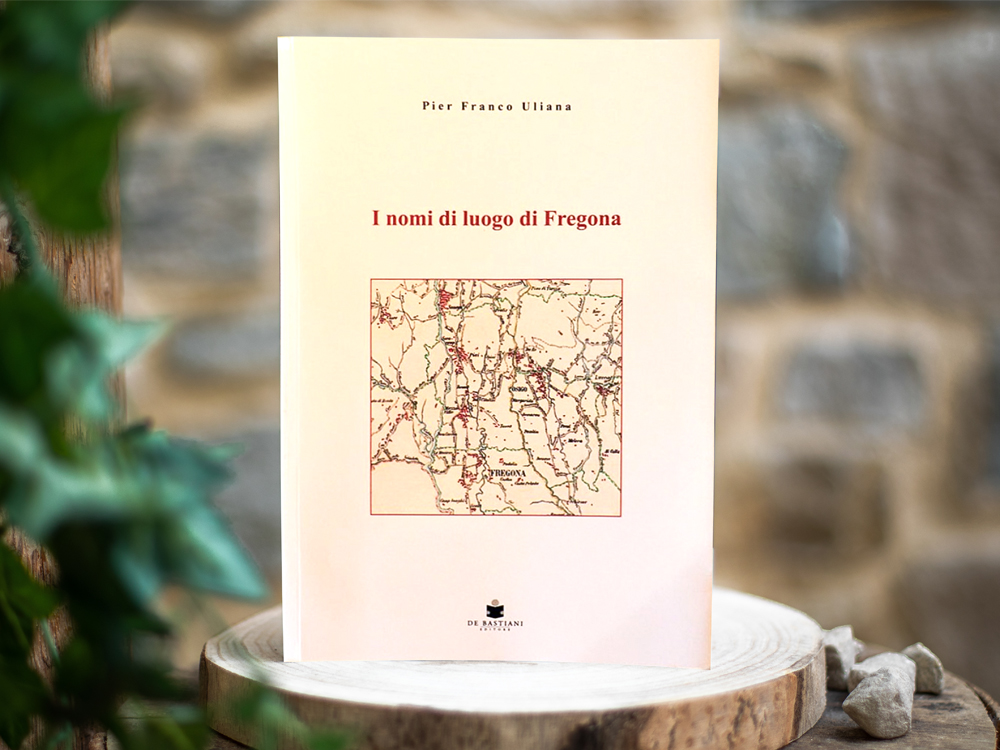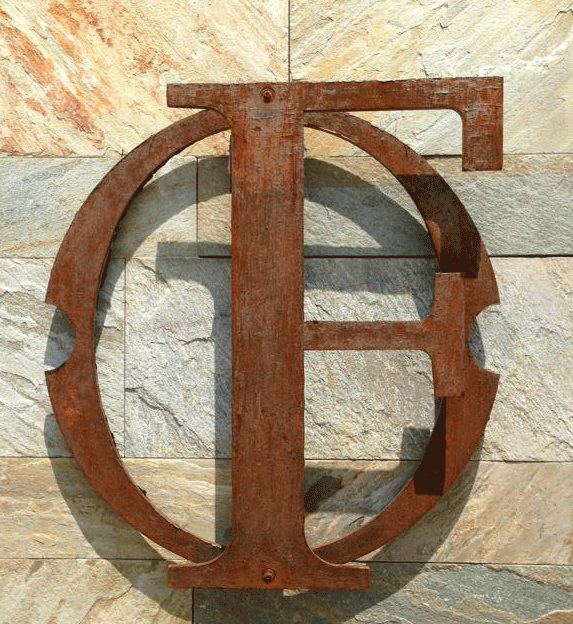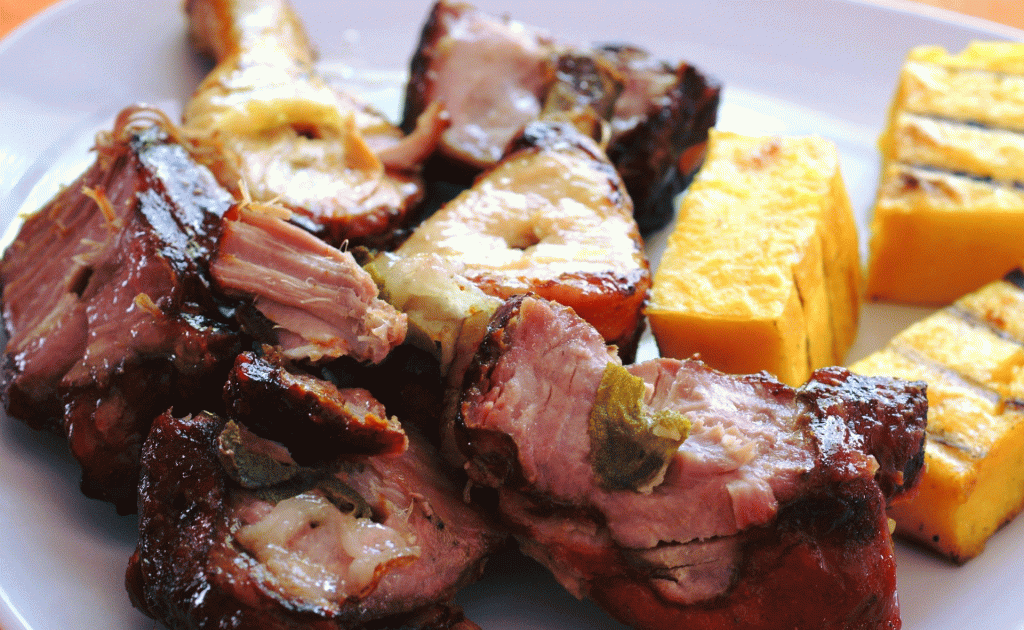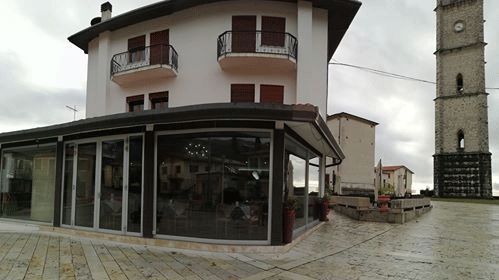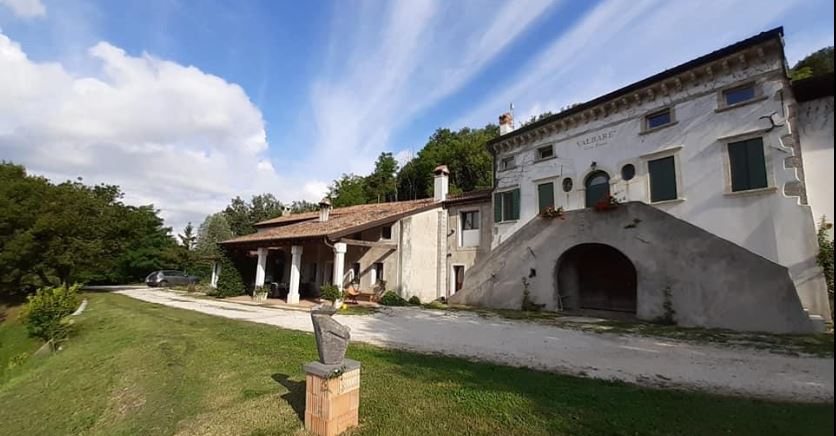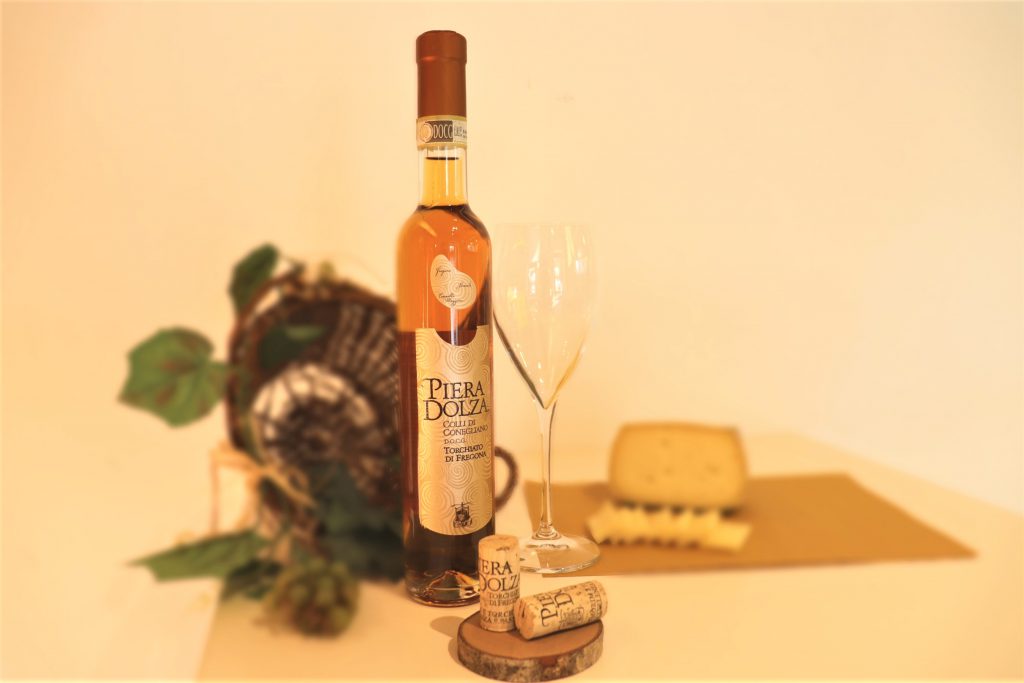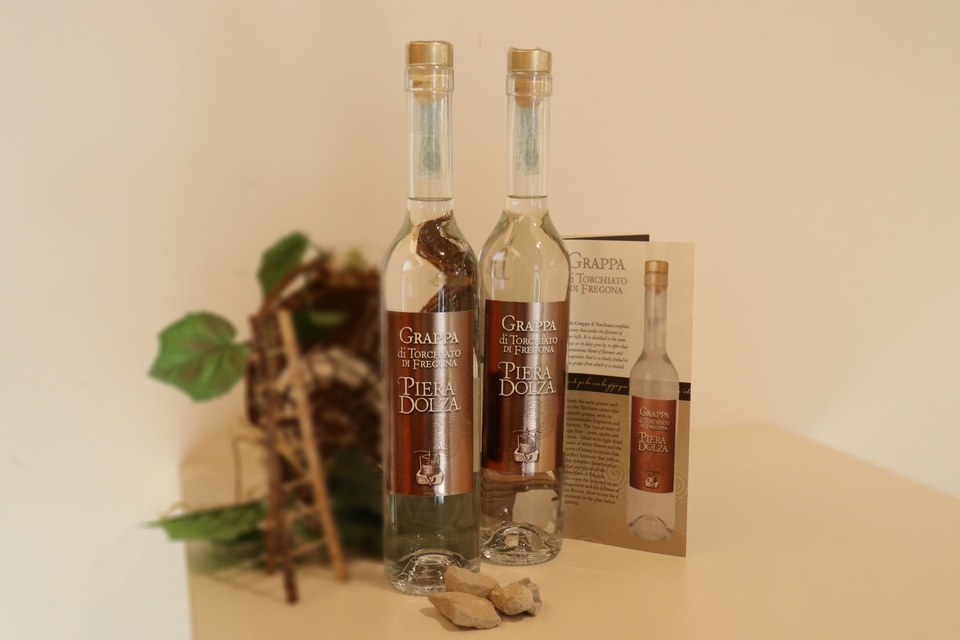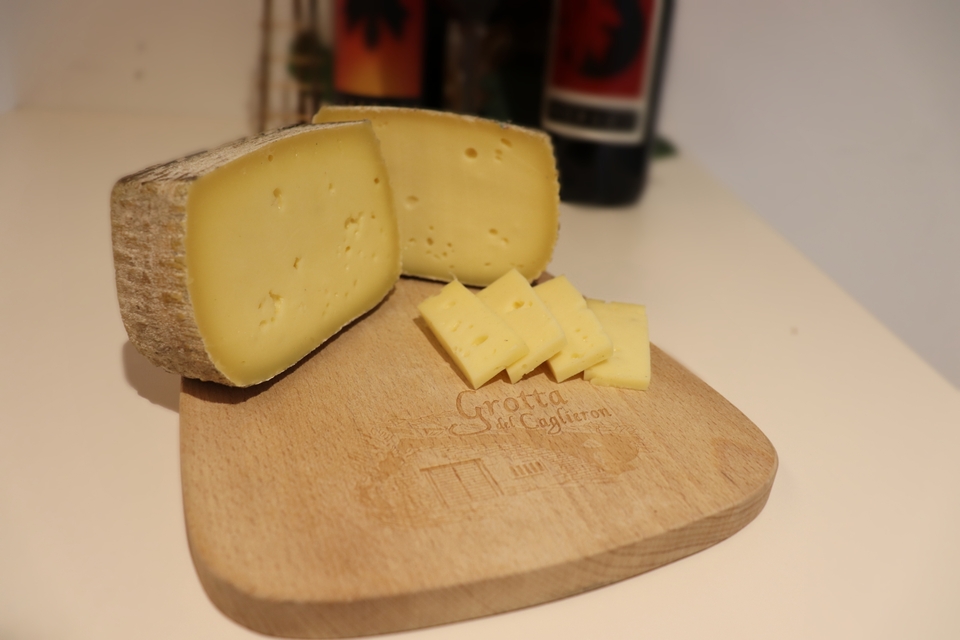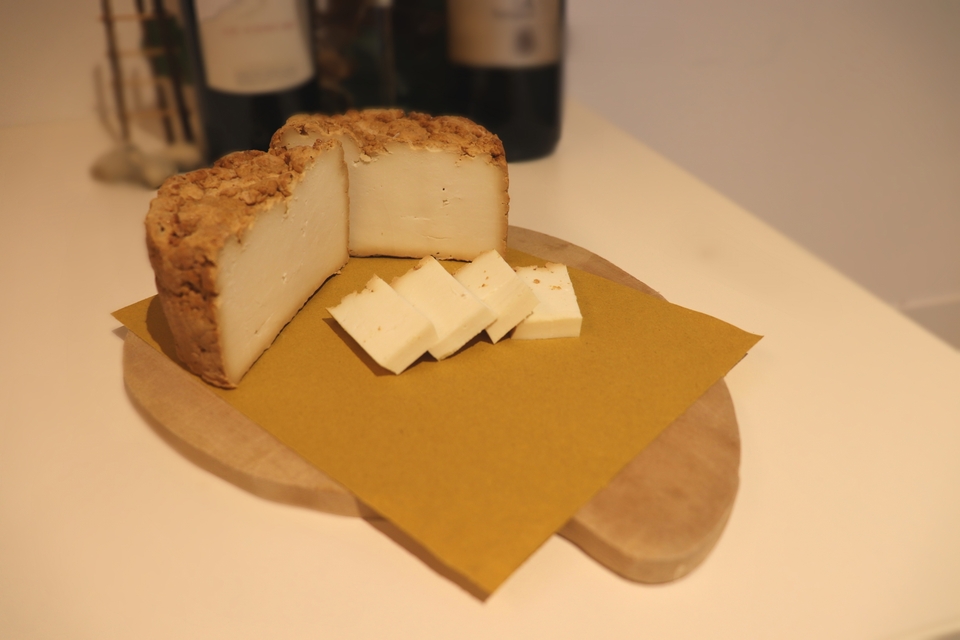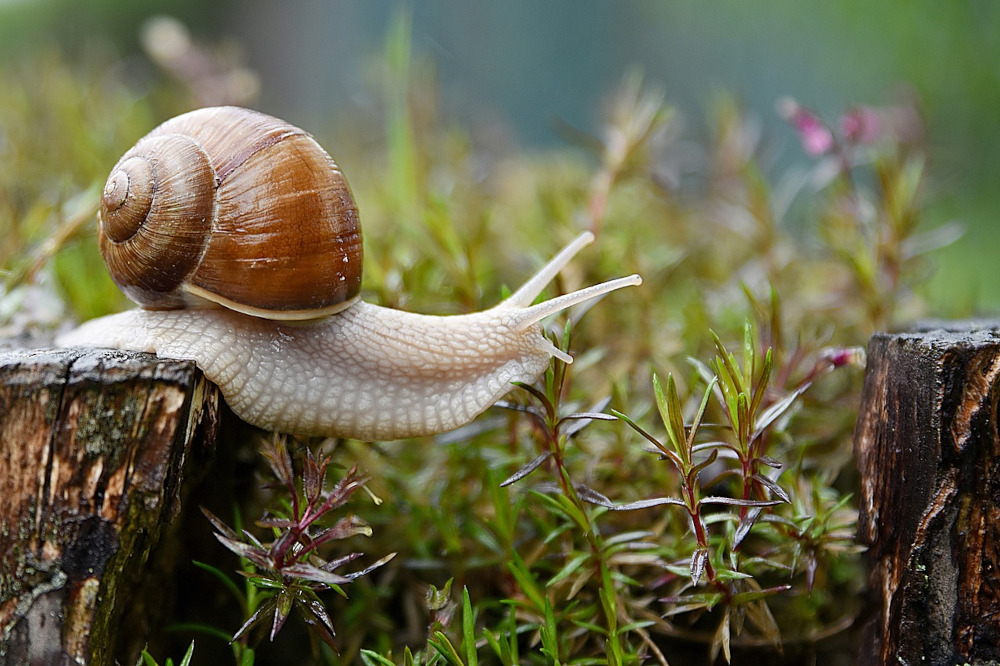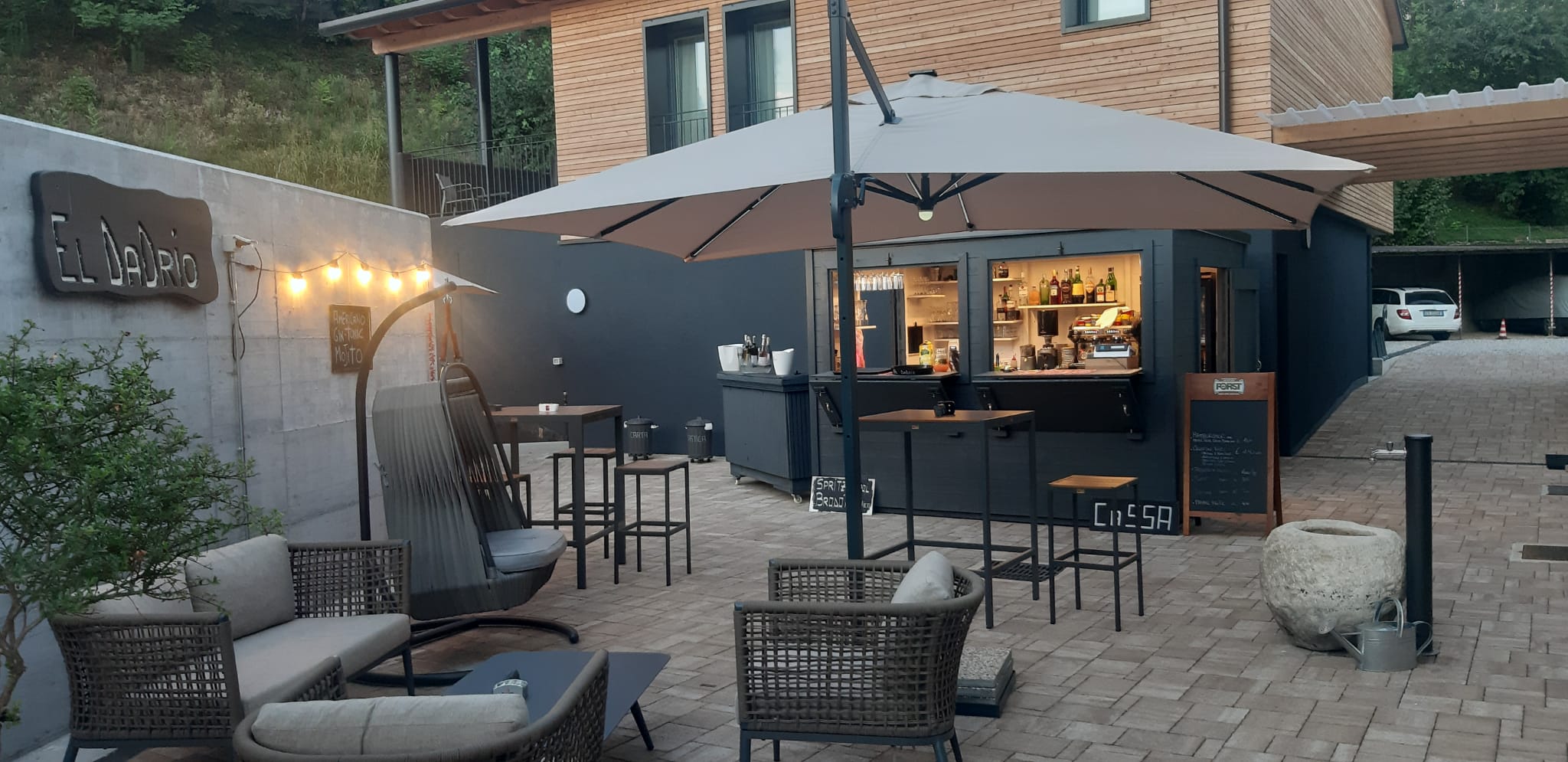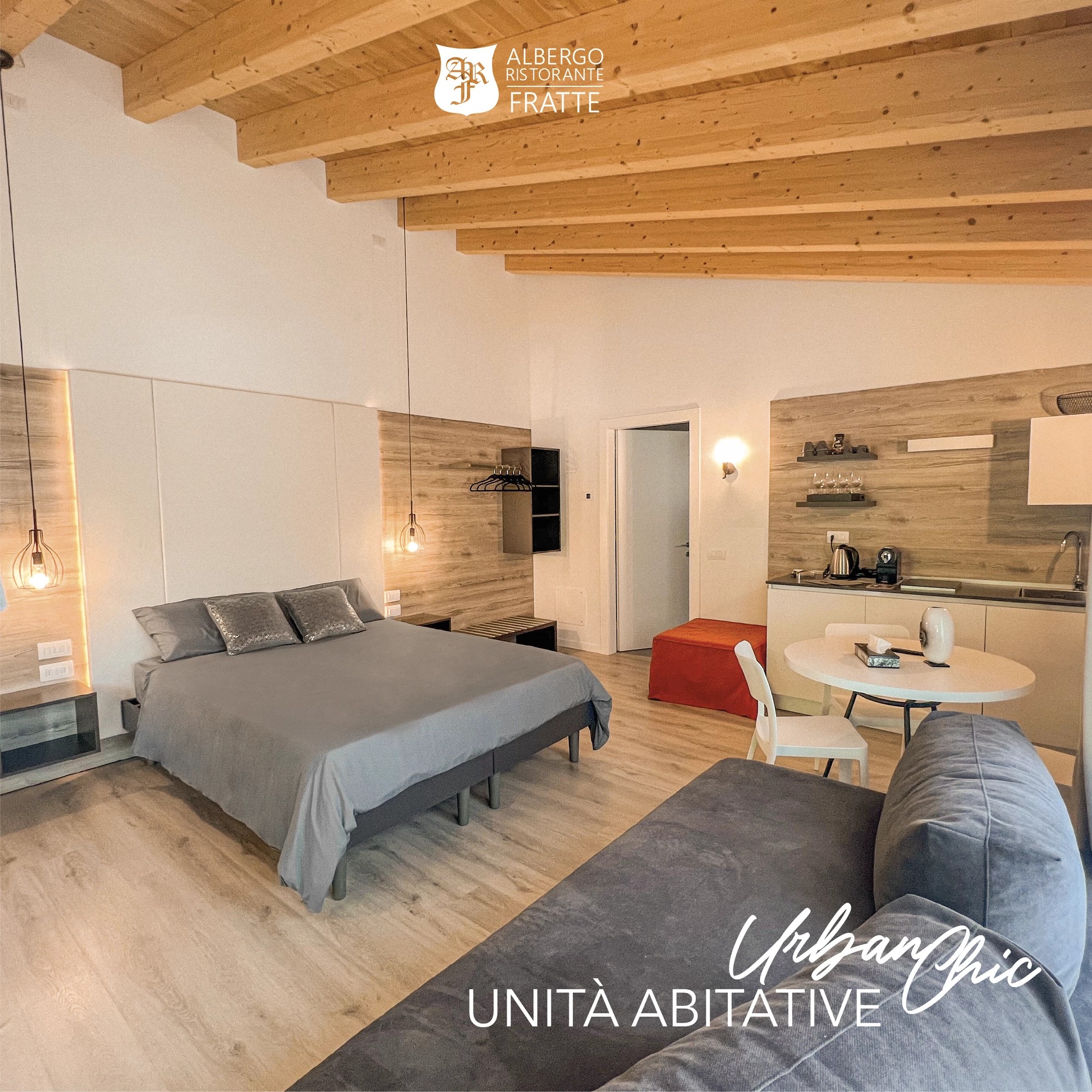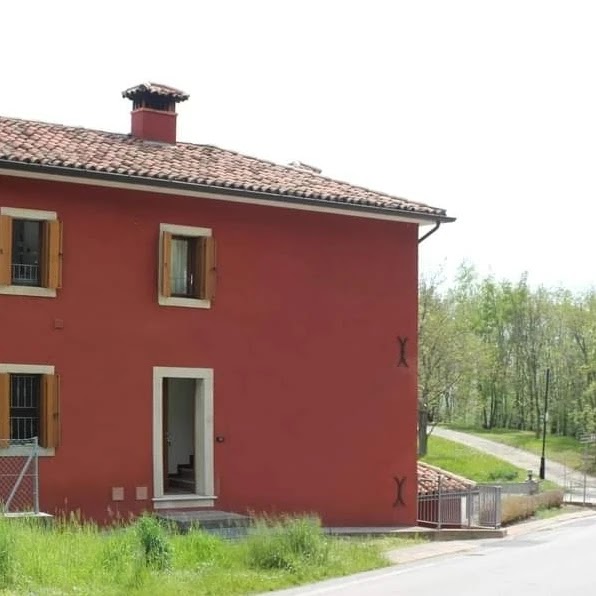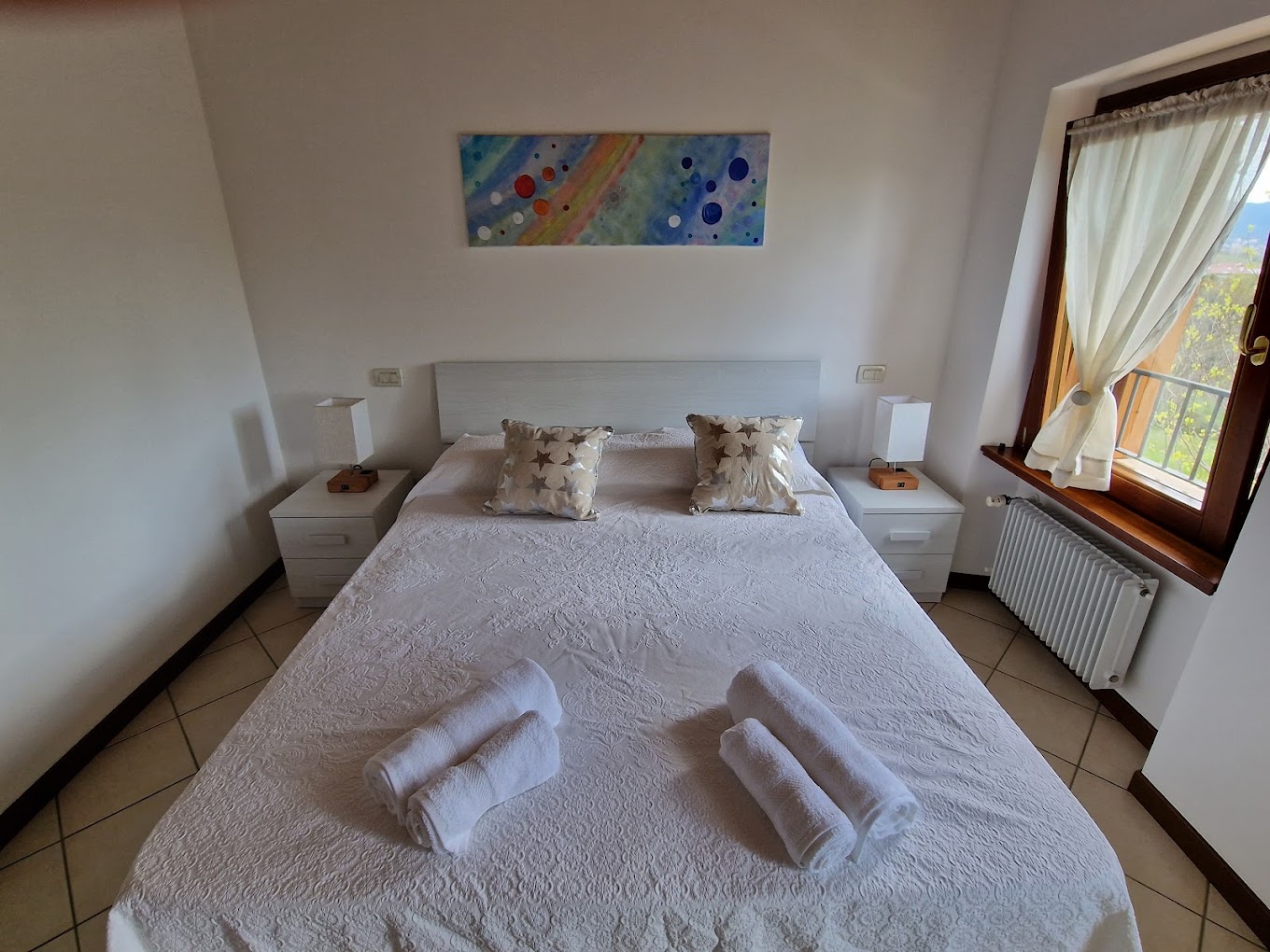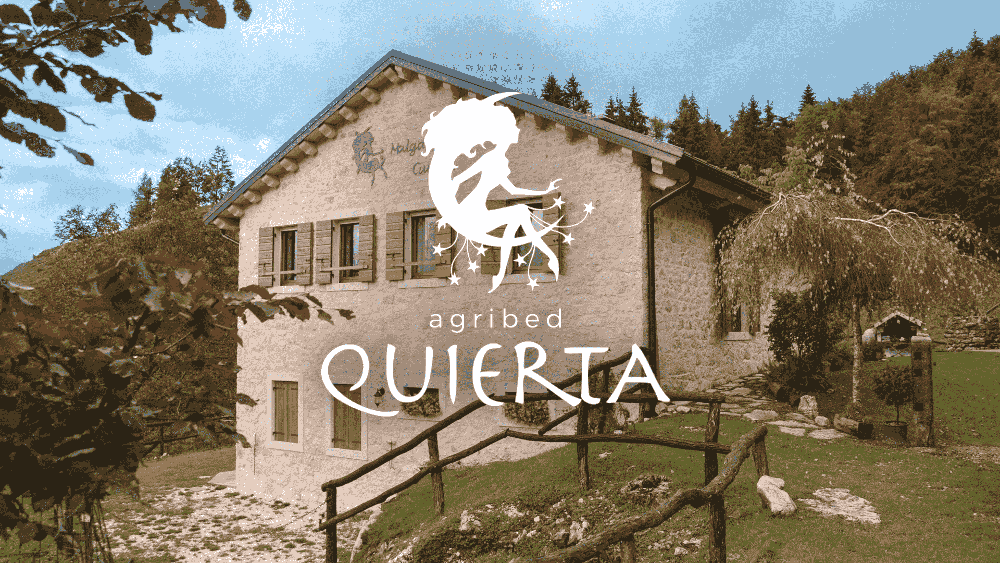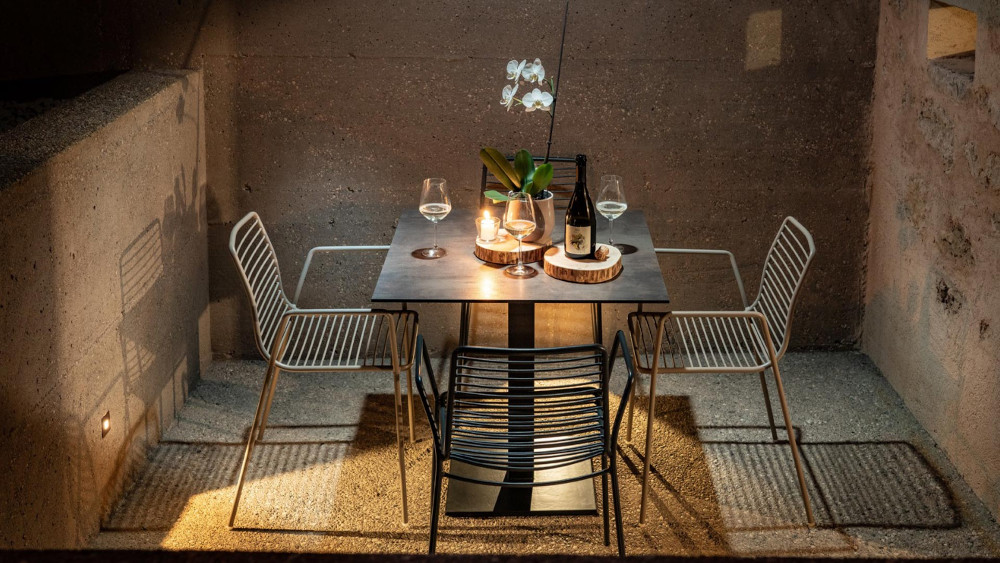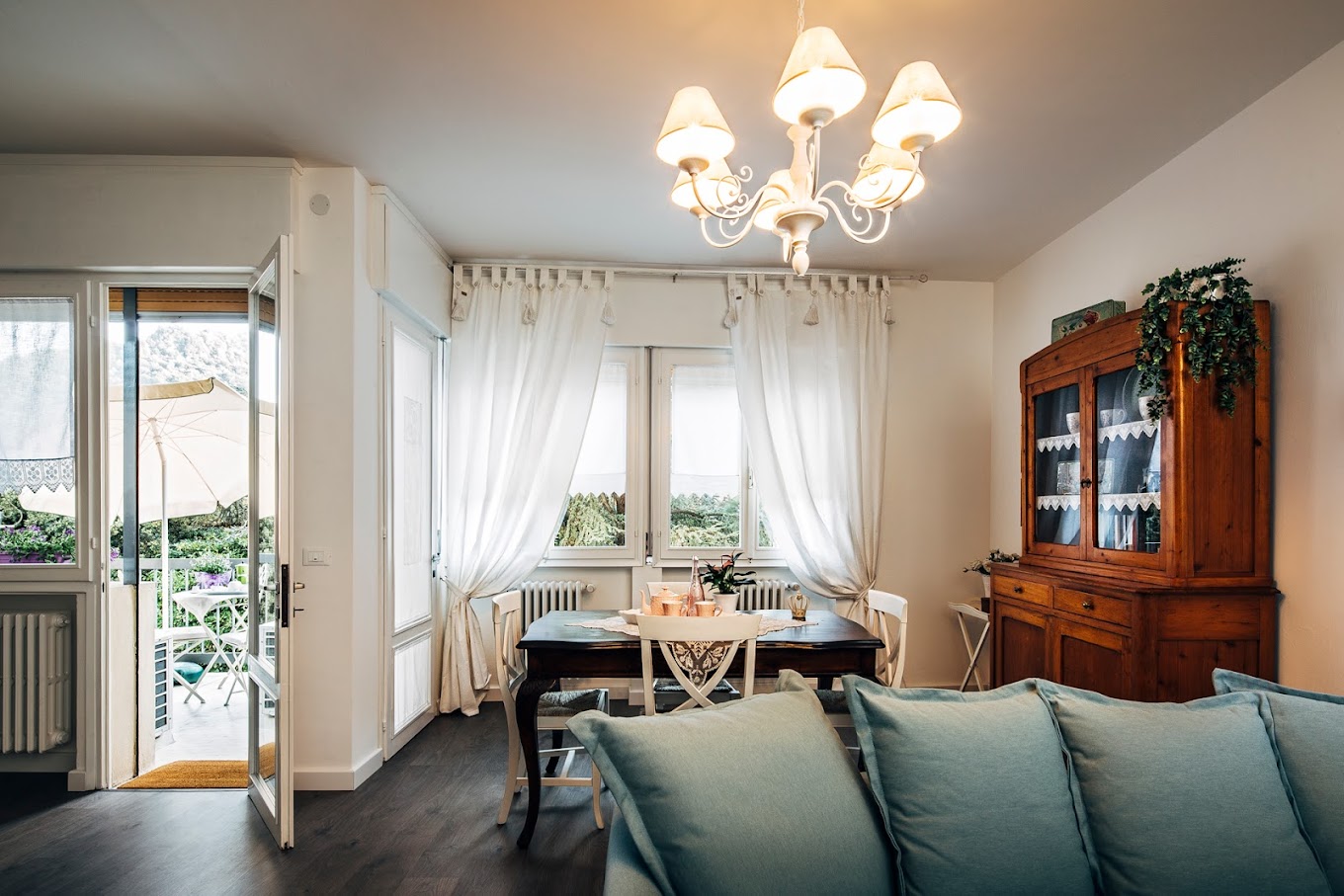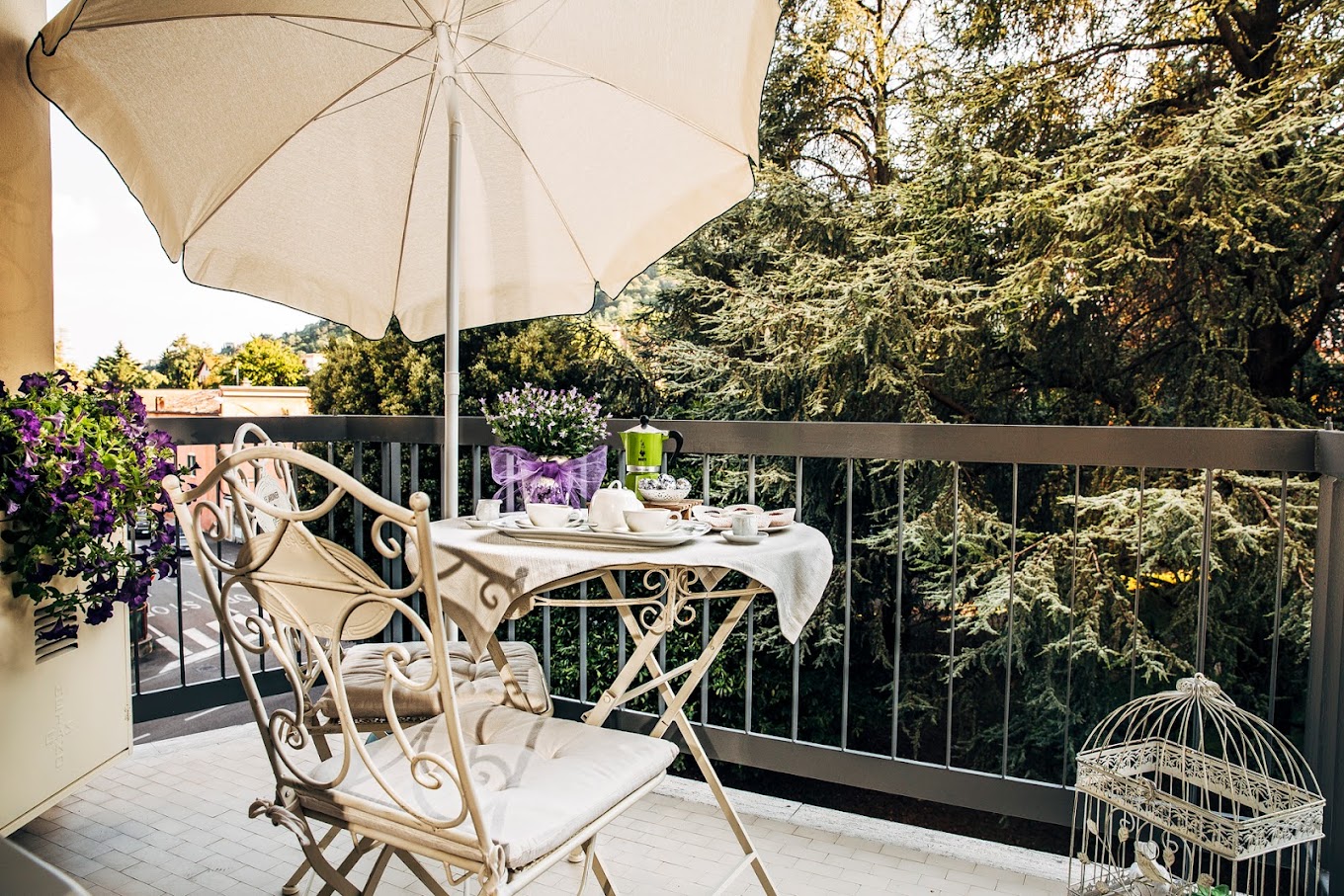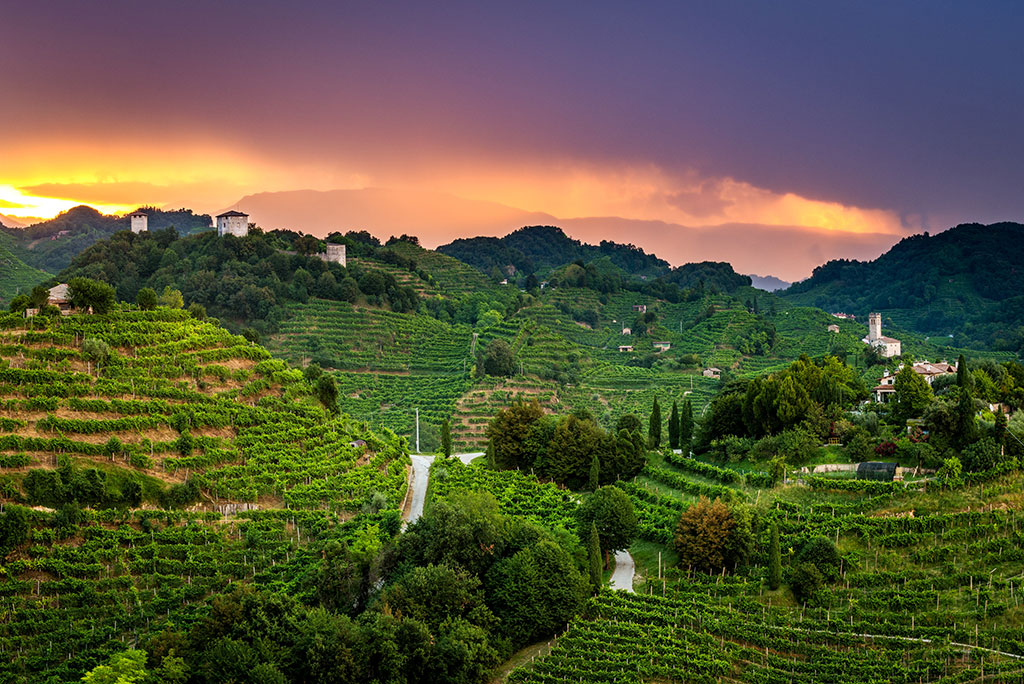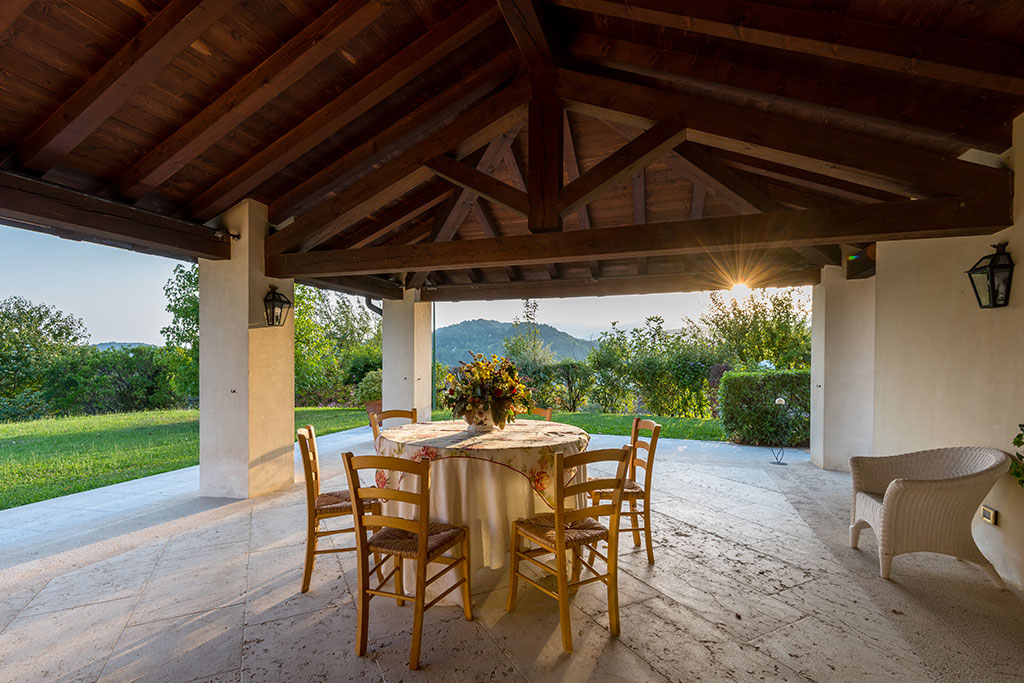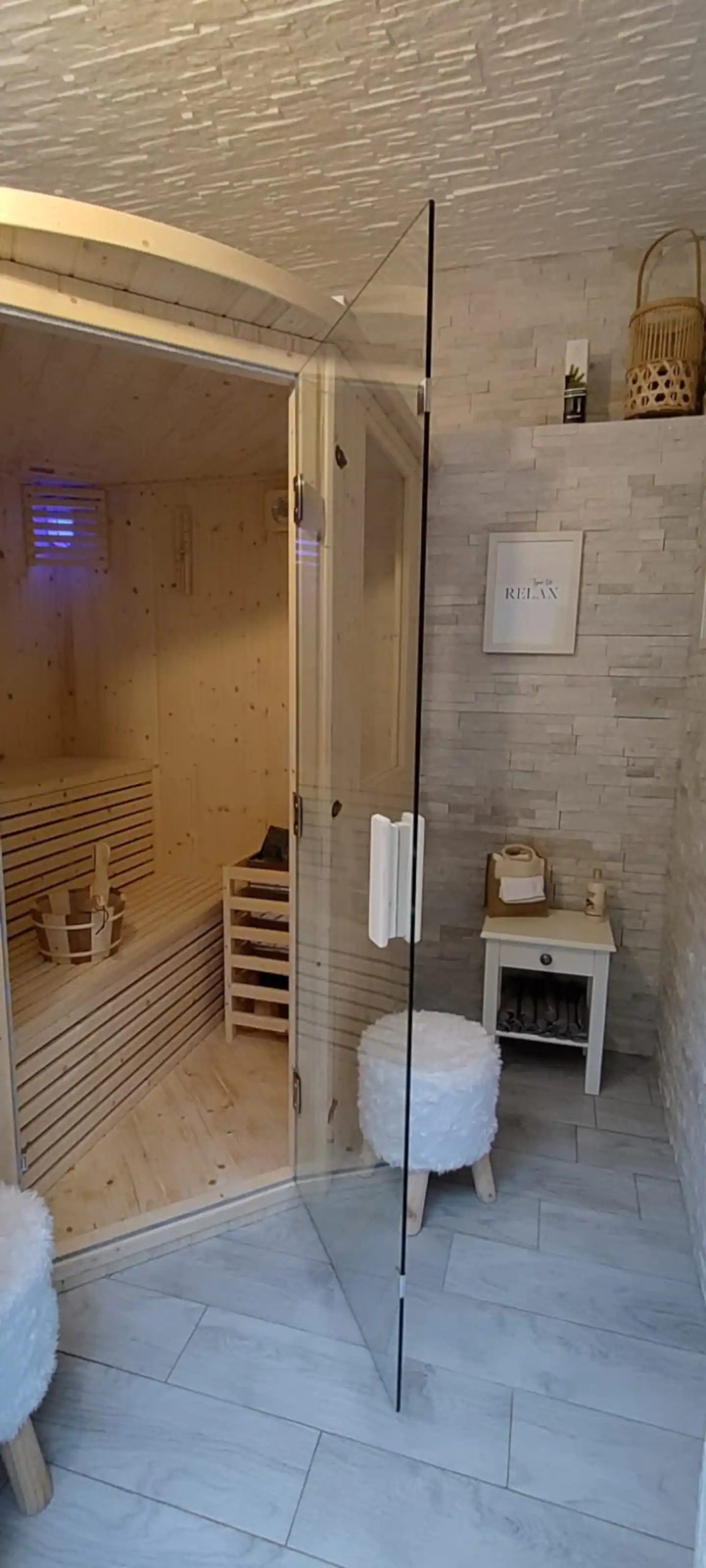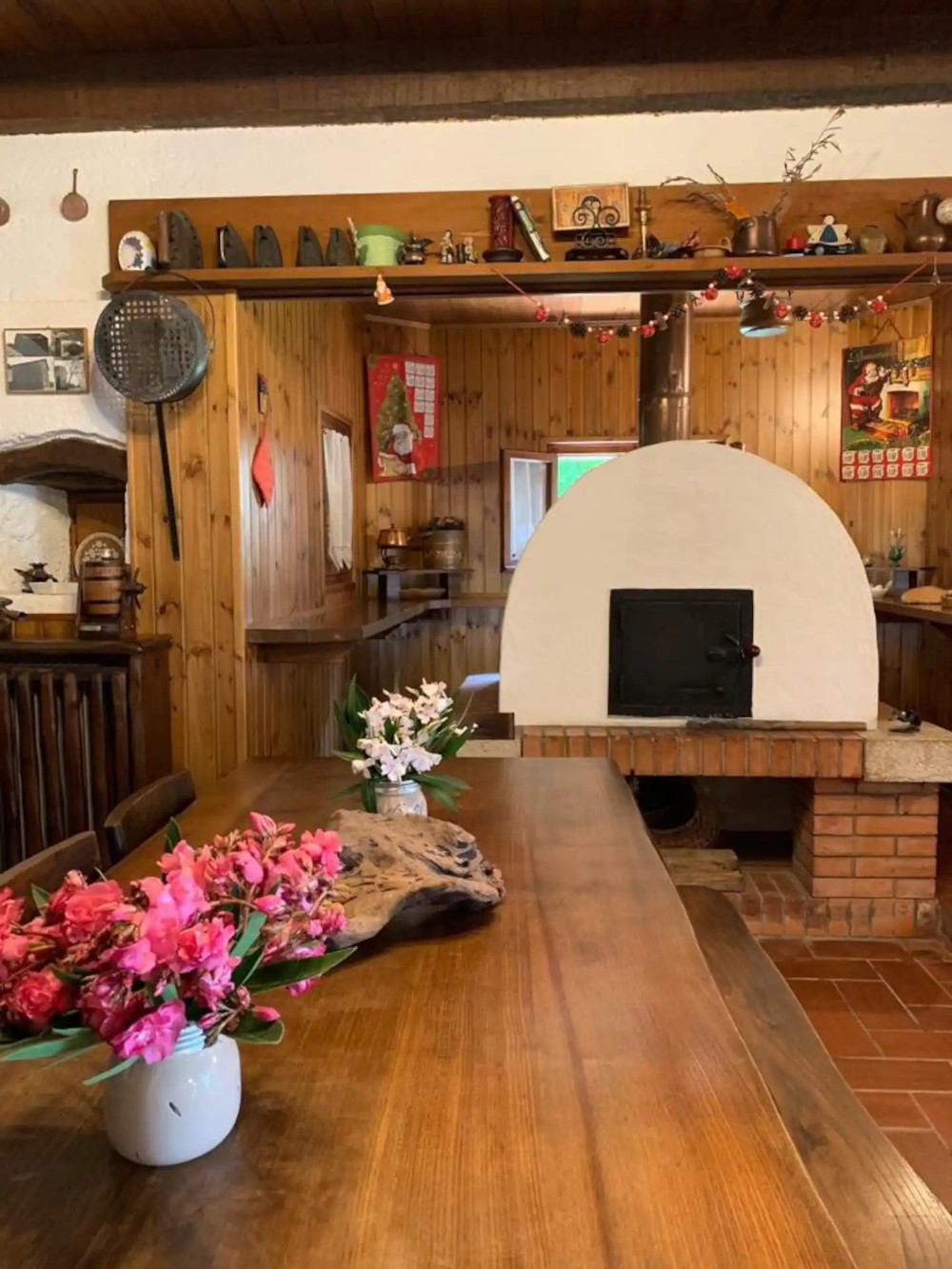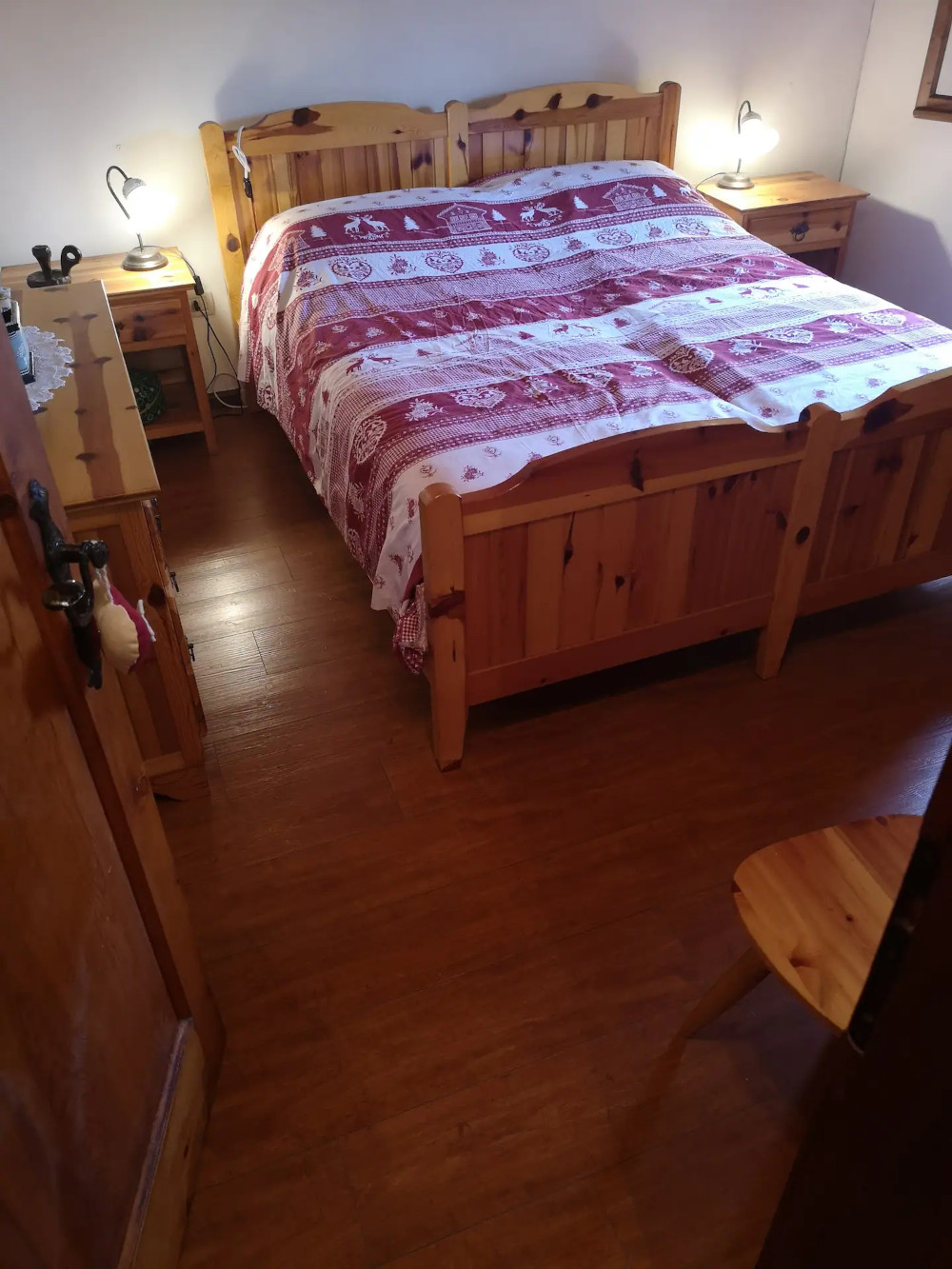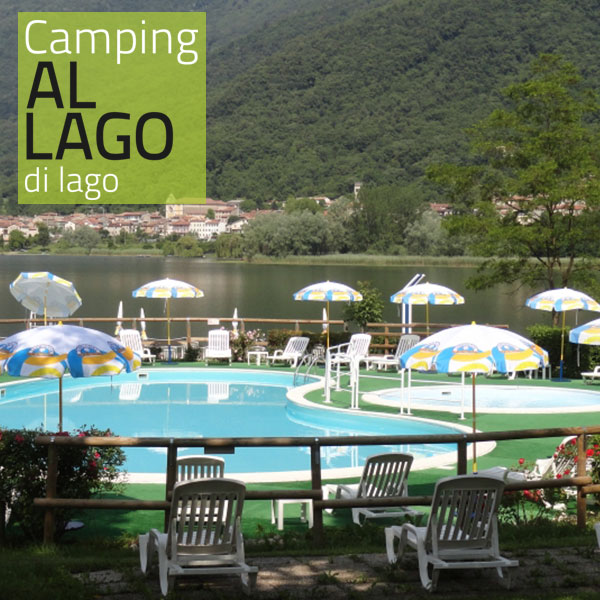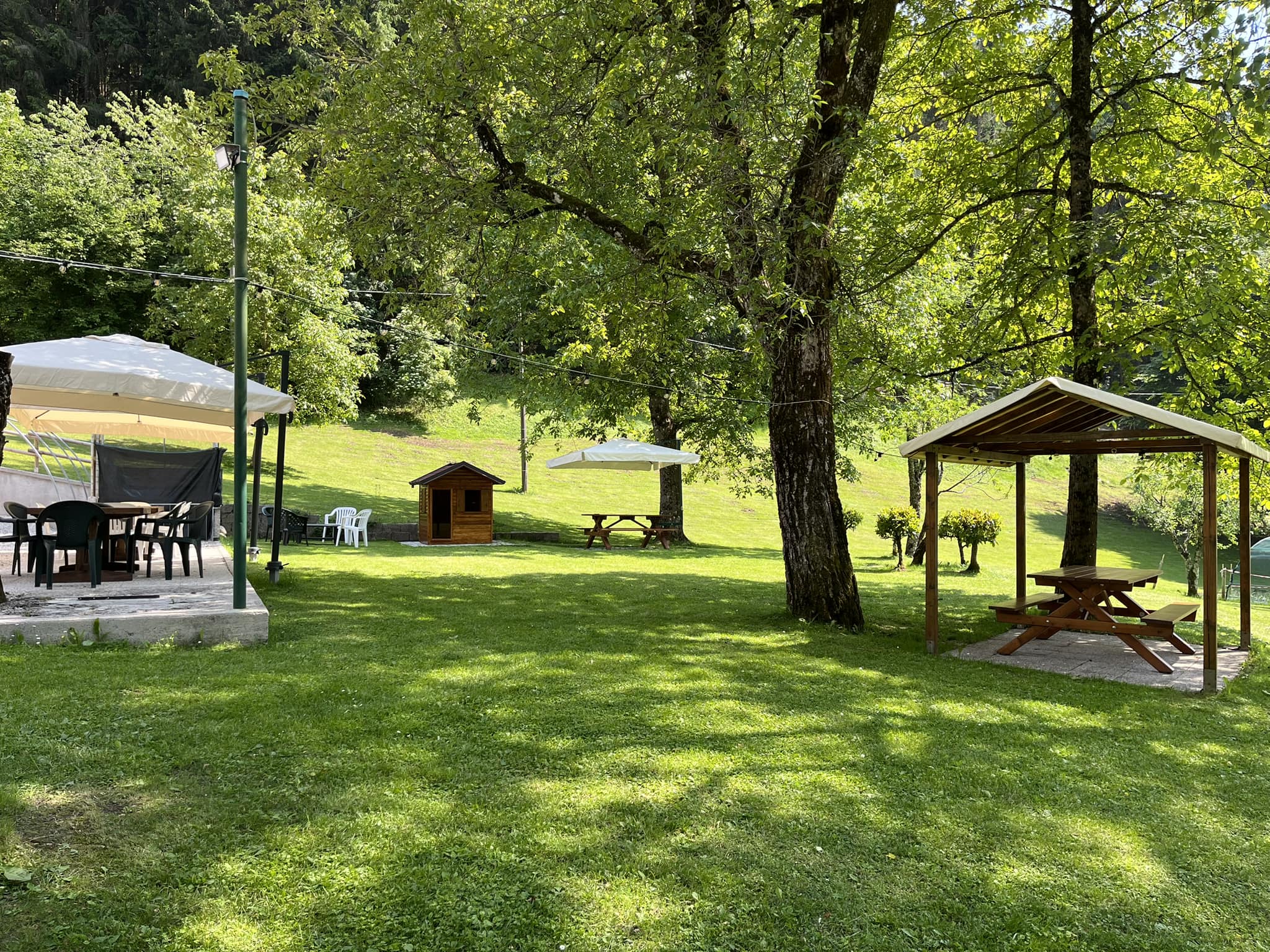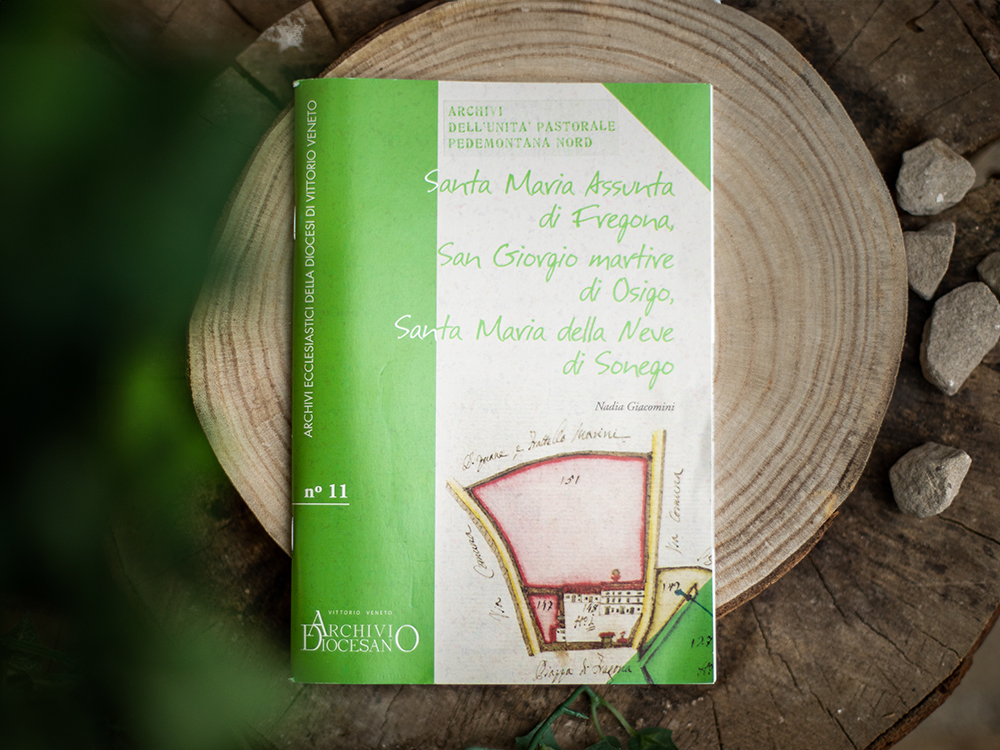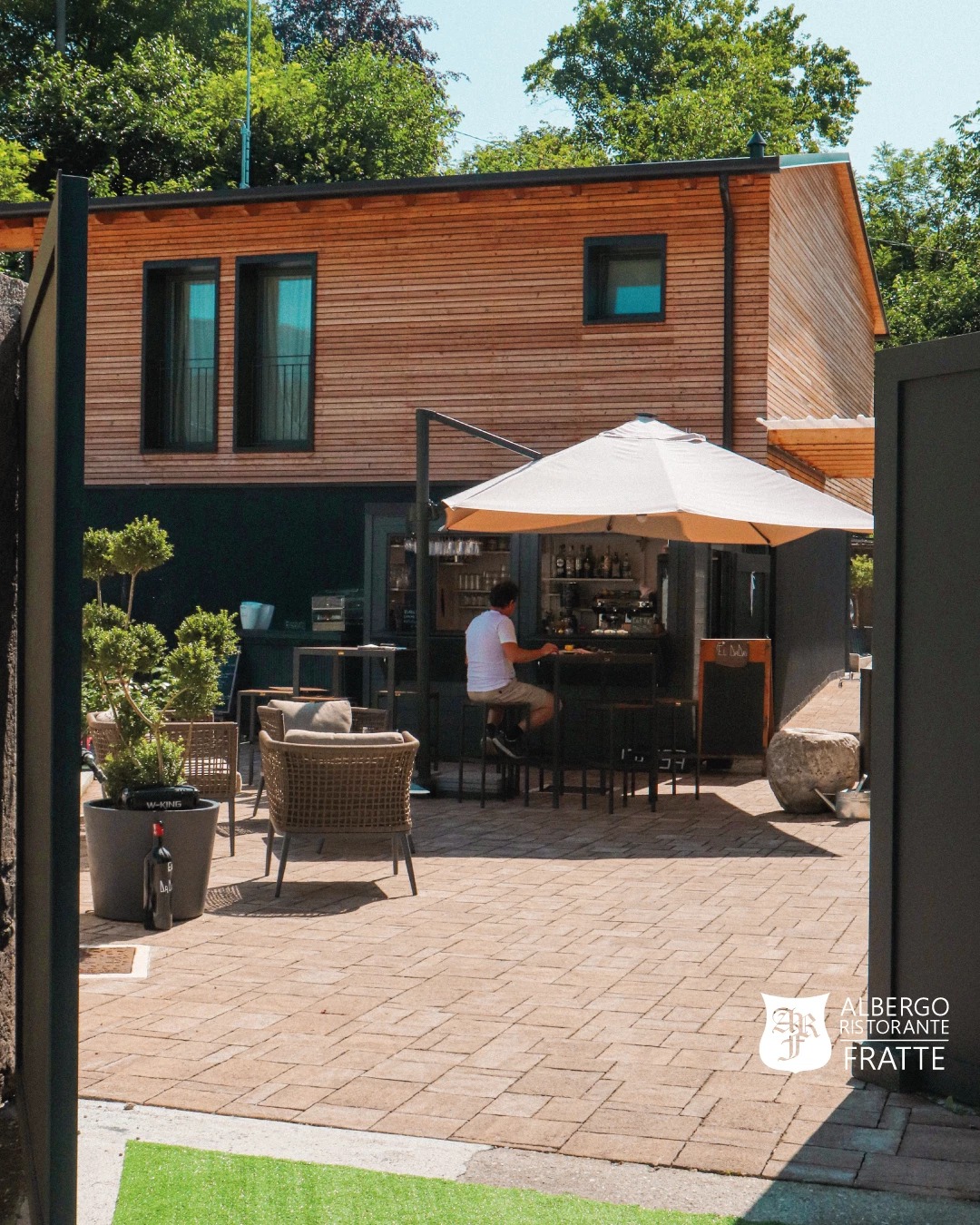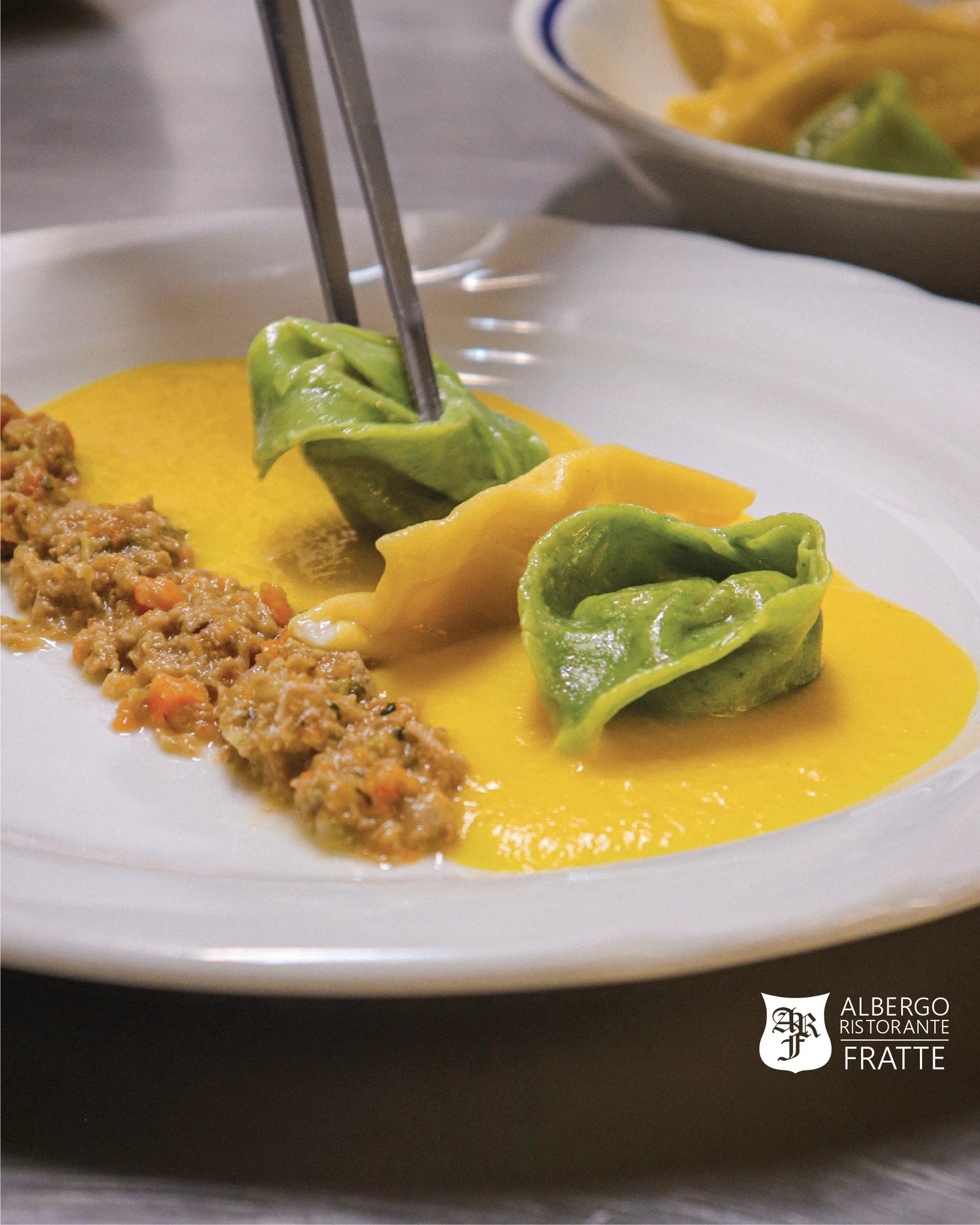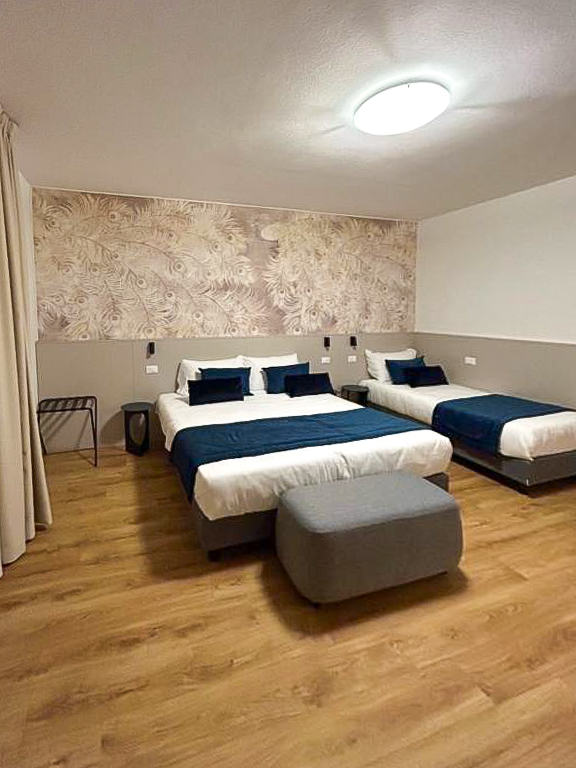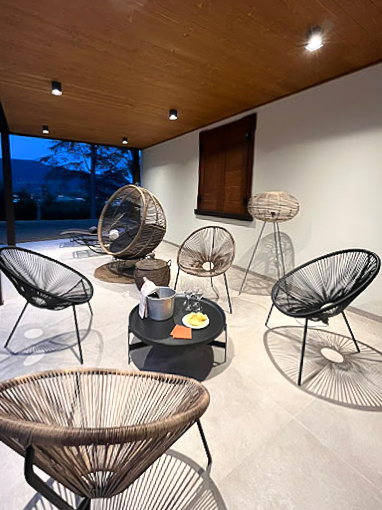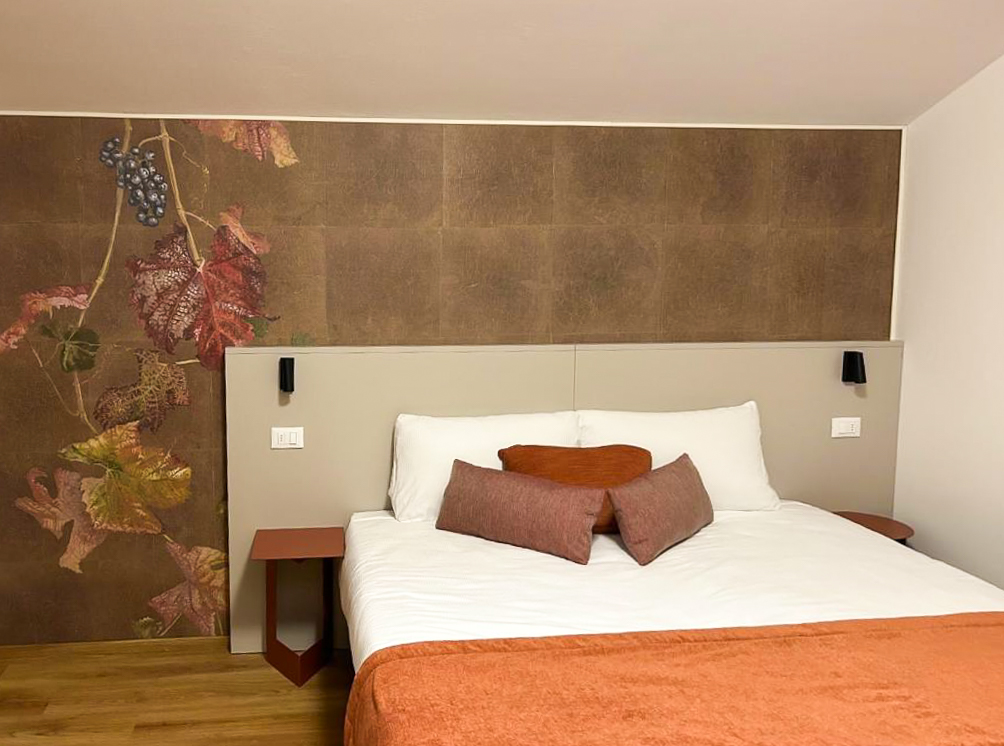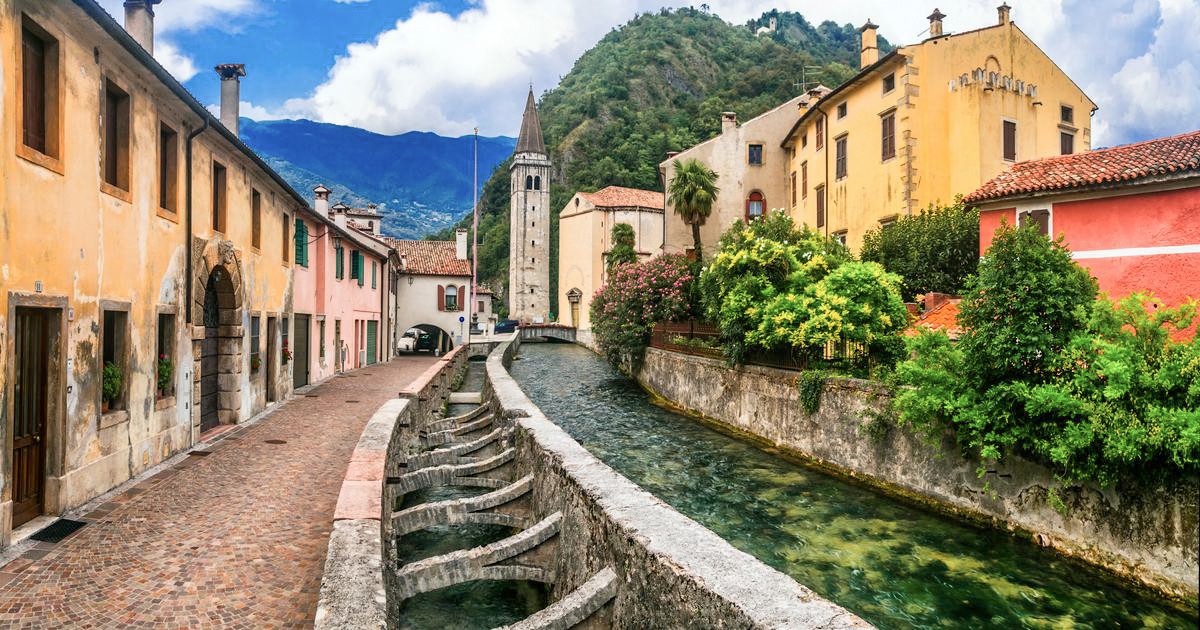Home -> Discover more -> Emigration from Fregona
The Roots Tourism in Fregona
Roots tourism steps away from destinations frequented by traditional tourist flows, highlighting lesser-known and underdeveloped areas of Italy, which can close their economic growth gap while preserving their rural nature in an eco-sustainable manner. The promotion of small towns and rural areas allows for the restoration and recovery of disused homes and infrastructure, while also benefiting local service and product providers (especially those in the food and wine sectors). The roots tourist becomes an “ambassador” of the territories that hold their family history, usually small villages.
The text is from the website of the Ministry of Foreign Affairs, where you can find more information: https://www.esteri.it/it/servizi-consolari-e-visti/italiani-all-estero/turismo-delle-radici/
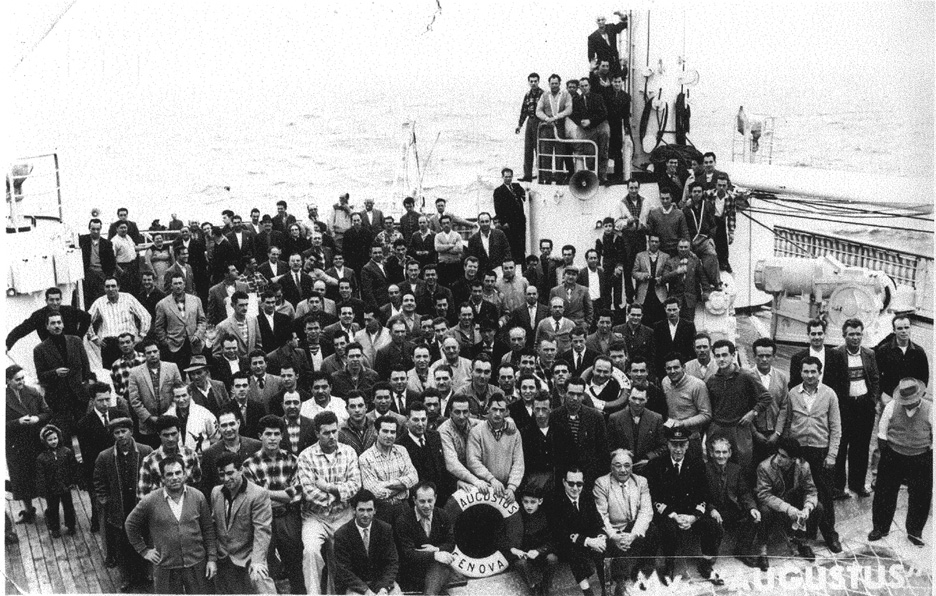
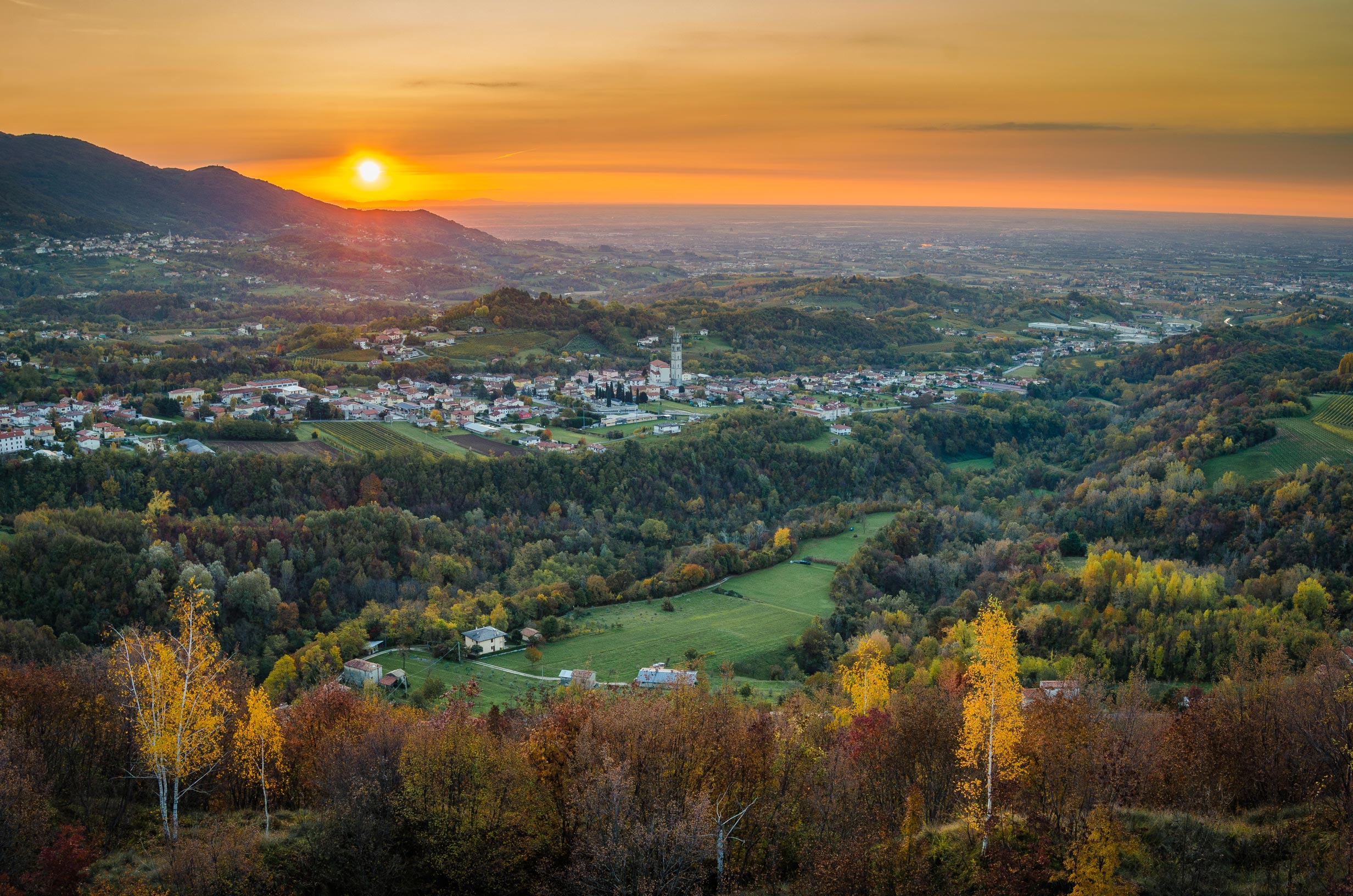
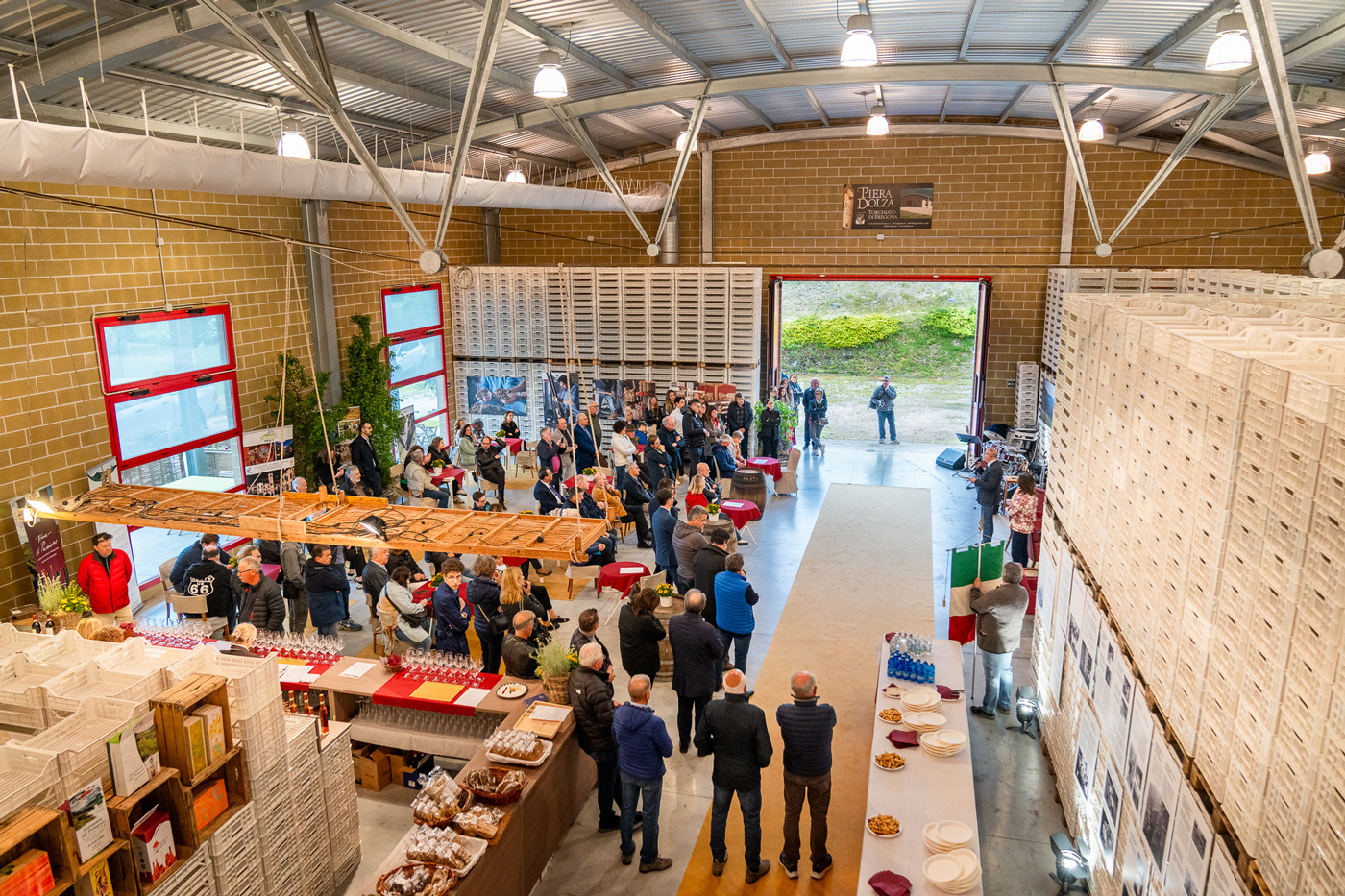
Torchiato Wine Exhibition
The town of Fregona is a collection of historic villages and areas of great natural beauty. The municipal territory, part of the UNESCO Prosecco Hills commitment zone, stretches across the foothills northeast of Vittorio Veneto and much of the Cansiglio plateau. The settlement is situated in a hilly area between 200 and 400 meters in altitude, and some villages, characterized by houses built from local stone, after a period of abandonment due to emigration, are now drawing interest for restoration by those who wish to live in a sparsely populated environment. The area is rich in springs and waterways, including the Caglieron stream and its caves, a striking combination of a natural gorge and quarries where sandstone (locally known as piera dolza) was once extracted to decorate noble palaces and craft doorways and architraves. Skilled stonemasons from Fregona left the hamlets of Breda and Sonego around the 1950s in search of better opportunities abroad. Within the park, alongside nature, visitors encounter rural buildings and mills.
The Caglieron Caves Park welcomes around 80,000 visitors each year from both Italy and abroad, and it is part of the thematic and educational parks network of Alta Marca, a regional brand that aims to offer a tourism experience focused on learning through visits. The mountain area of the town is represented by the Cansiglio plateau, a priceless natural heritage straddling the provinces of Treviso, Belluno, and Pordenone. The Fregona section includes several protected areas: the Piaie Longhe-Millifret Integral Nature Reserve, the Campo di Mezzo-Pian di Parrocchia State Reserve, and the Bus della Genziana Nature Reserve, one of the rare examples of a speleological reserve. Fregona has a mild climate thanks to its geographical location: the cool, dry air descending from Mount Pizzoc has encouraged human settlement since prehistoric times and contributes to the perfect drying of the grapes destined to become the prestigious Torchiato di Fregona DOCG dessert wine. The area also boasts several works of art inside its churches, and the nearly 70-meter-high bell tower of the archpriest church, which can be visited inside, is particularly noteworthy.
Events for “Roots Tourists”
In 2024, Pro Loco organized an exhibition dedicated to emigration from Fregona, titled “Fregona and Emigration: Our Stories in the World” (see Mulinetto photo), which was inaugurated during the Torchiato Wine Fair and then set up at the Mulinetto del Caglieron in Fregona. The images and texts were taken from the book Departures and Returns: Our Stories in the World, written by Ilaria Zanette for Pro Loco di Fregona in 2008. The book is available at the Pro Loco headquarters.
Another event dedicated to "roots tourists" was the “Torchiato Wine Fair and Conegliano Hills DOCG” held at the Torchiato Producers' Winery in May, featuring various events, including an online connection with the city of Court Saint Etienne, where a delegation from Fregona was visiting for the twinning ceremony.
A “welcome kit” for “roots tourists” is always available at the Visitor Center of the Caglieron Caves Park.

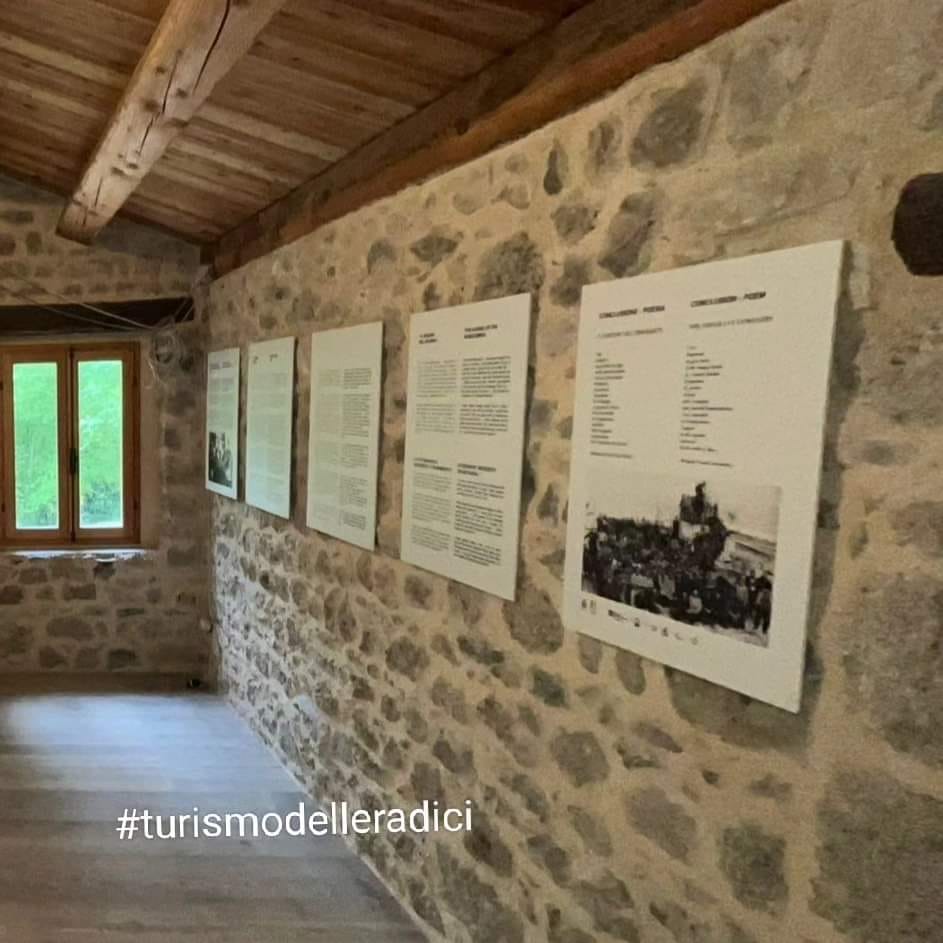
Exhibition at the Mulinetto del Caglieron
Exhibition Introduction
Few families remained whole in Fregona. Families were reduced, broken, incomplete. A body without limbs. In pain. Without hope of healing. Departures: a collective weeping. Goodbyes: white lies to ease the pain. Farewells: an unspoken certainty that weighs heavily on the hearts of both those who leave and those who stay.
Every now and then, someone returns to the village. That long-anticipated moment of joy becomes a strange pleasure. The happiness of being back home is tempered by a vague discomfort. A sense of disorientation. An involuntary search for familiar sensations, now elusive, in places and among faces that were once familiar. Now almost foreign, almost distant. Just like when you are away. Time changes everything. But those who are far away change even more. Upon returning, they struggle to fit back into the mechanism they once left. Life in the village is no longer theirs. It’s a schizophrenic feeling for the emigrant. A foreigner abroad, a foreigner in their own home. Fellow villagers speaking to them in Italian. Perhaps out of respect. Perhaps thinking they've forgotten the dialect. They don’t know that the dialect is never forgotten, not even abroad. The dialect is a world. A world that those who leave carry with them and hope to find again when they return. A deep connection to one's self, to one’s original identity. Unforgettable.
(Michela Pizzol Giacomini, curator of the exhibition)
